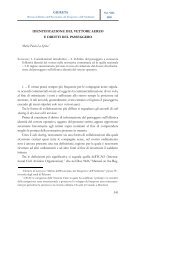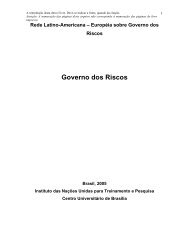YEARS OF EUROPEAN ONLINE ANNÉES DE EN LIGNE ...
YEARS OF EUROPEAN ONLINE ANNÉES DE EN LIGNE ...
YEARS OF EUROPEAN ONLINE ANNÉES DE EN LIGNE ...
You also want an ePaper? Increase the reach of your titles
YUMPU automatically turns print PDFs into web optimized ePapers that Google loves.
the CELEX number is, in its default format, made<br />
up of information concerning the type of document and<br />
the collection it belongs to, its year and natural number,<br />
and serves as a unique identiier across all sectors and<br />
document types within the EUR-Lex system.<br />
the heading ‘Search by publication reference’ also<br />
allows for the narrowing down of a query to retrieve<br />
only one single document, but is limited to the documents<br />
published in the Official Journal of the European Union<br />
or the European Court of Justice’s Court Reports. the details needed to<br />
perform such a search by publication reference include, for the Oficial Journal,<br />
the year, the OJ series (L for ‘Legislation’ or C for ‘Information and Notices’) as<br />
well as the number of the irst page of the document and inally either the exact<br />
date of the OJ or its number.<br />
for the European Court Reports, the year and the page number together<br />
with a selection of the volume (Court of Justice, Court of first Instance, Staff<br />
Cases) are necessary to limit the result to a single document.<br />
1.2. Search options for a set of documents<br />
the most simple and, one might wrongly assume, maybe least interesting<br />
solution to retrieve a well-deined set of documents in EUR-Lex is to combine<br />
several simple searches for a single document, e.g. by CELEX number. however,<br />
this approach comes with the big beneit of being very convenient to the<br />
user.<br />
the irst practical example introduces three individual queries for codiication<br />
projects.<br />
‘Codiication is the process that brings together the provisions of existing<br />
acts with all of their subsequent amendments into one law’ (cf. COm(2006)<br />
689, p. 7) and must not be confused with consolidation, the result of which<br />
only serves information purposes and is not legally binding.<br />
the starting point for the codiication process is a draft for a codiied version,<br />
which is provided for by the Commission, and which represents a new<br />
document type, which recently had to be introduced into the collections covered<br />
by EUR-Lex. the Commission aims at inishing the work on a total of<br />
500 such codiication projects up until 2008, out of which a test set has already<br />
been delivered to the Publications Ofice to be loaded into the EUR-Lex<br />
database.<br />
01_2007_5222_txt_ML.indd 60 6-12-2007 15:13:40



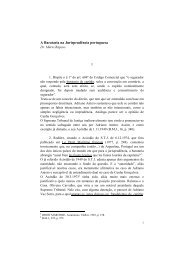
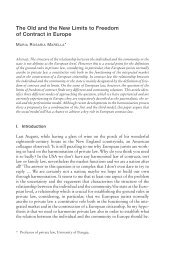

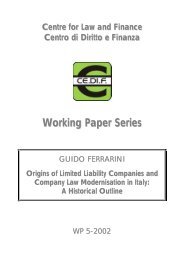
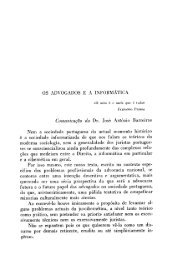
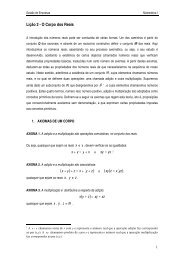
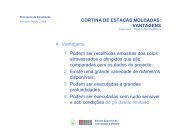
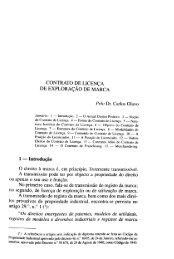
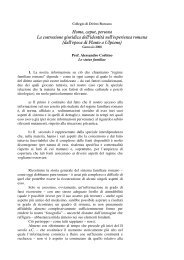
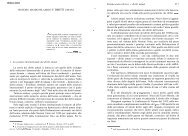

![Luigi Sapio Nozione di islām La parola “islām” [ ] è il mas.dar1 ...](https://img.yumpu.com/15836073/1/185x260/luigi-sapio-nozione-di-islam-la-parola-islam-e-il-masdar1-.jpg?quality=85)
